| TINTIN LANGUAGES | |
| AFRIKAANS | |
| ALGUERES | |
| ALSATIAN | |
| ARABIC | |
| ASTURIAN | |
| BASQUE | |
| BERNESE | |
| BENGALI | |
| BRETON | |
| BULGARE | |
| CAMBODIAN | |
| CATALAN | |
| CHINESE | |
| CORSICAN | |
| CZECH | |
| DANISH | |
| DUTCH | |
| ENGLISH | |
| ESPERANTO | |
| FARSI | |
| FAEROESE | |
| FINNISH | |
| FRENCH | |
| FRIESIAN | |
| GALICIAN | |
| GALLO | |
| GAUMIAN | |
| GERMAN | |
| GREEK | |
| HEBREW | |
| HUNGARIAN | |
| ICELANDIC | |
| INDONESIAN | |
| ITALIAN | |
| JAPANESE | |
| KOREAN | |
| LATIN | |
| LUXEMBOURGER | |
| MALAYALAM | |
| NORWEGIAN | |
| OCCITAN | |
| PICARDY | |
| POLISH | |
| PORTUGUESE | |
| ROMANSCH | |
| RUSSIAN | |
| SERBO-CROAT | |
| SINHALESE | |
| SLOVAK | |
| SPANISH | |
| SWEDISH | |
| TAHITIAN | |
| TAIWANESE | |
| THAI | |
| TIBETAN | |
| TURKISH | |
| VIETNAMESE | |
| WELSH | |
| TOTAL 60 VERIFIED LANGUAGES | |
| RUMOURS | |
| MIRANDES | |
|
MONEGASCO |
|
| PROVENÇAL | |
| RUANDES | |
| MONEGASCO | |
| LINKS | CRAB MENÚ | CASTAFIORE MENU |
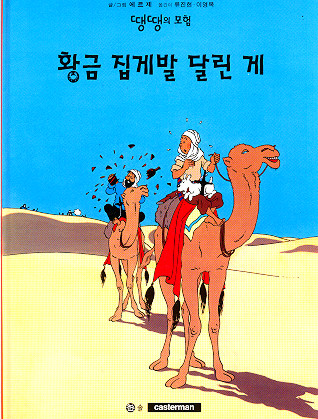
|
KOREAN | |||||||||||
|
||||||||||||
Korean is spoken in both North and South Korea by about 65 million people. There are also about 2 million speakers in China, 700,000 in Japan, and 600,000 in the United States.
Korean's linguistic affiliation is uncertain, though in its grammatical structure it is most similar to Japanese. It is certainly not related to Chinese, although it has borrowed many Chinese words and has used the Chinese characters, together with the Korean alphabet, for many centuries. This latter practice was abolished in North Korea after World War II and is gradually being phased out in South Korea. In the fourth line of the poem above the proper nouns Yongbyon and Yag San appear with the Chinese characters following in parentheses.
The Korean alphabet, invented in the years 1443-46, is the only true alphabet native to the Far East. Each of the twenty-five letters repre-sents a single consonant or vowel—not a syllable as in Japanese, or a concept as in Chinese. Korean writing differs from that of most other languages, however, in that the letters of each syllable are grouped together into clusters—as if the English word "seldom" were written
S D
E O or SLE DMO
L M
The third word of the last line of the poem below, for example, consists of two clusters, each containing three letters arranged vertically. The first contains the letters n, u, and n, the second m, u, and l. Nun is the Korean word for "eye," mul the word for "water." Together they form the word nunmul which means "tear" or "tears."
|
PUBLISHER COSMOS Seoul |
|
ONLINE SHOPING ?
|
|
LINKS
|
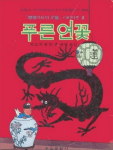
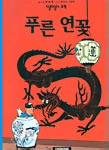
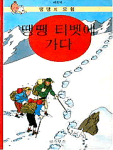
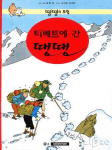
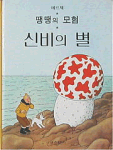
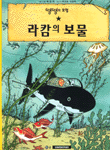
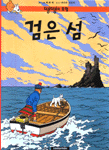


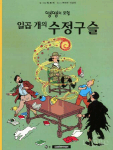
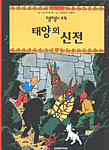
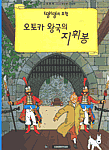
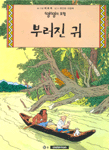
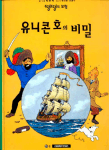
|
|
I'VE GOT THIS ONE | ! WANTED! |